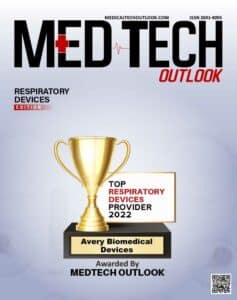
Signs of ALS
Detecting ALS, especially in the early stages, can be difficult as the symptoms listed by the National Institute of Health and the ALS Association are said to be slight and often overlooked. Such symptoms of ALS given by the National Institute of Health include:
• Twitching
• Cramps
• Tight and Stiff Muscles
• Muscle Weakness Affecting an Arm or a Leg
• Slurred and Nasal Speech
• Difficulty Chewing
• Difficulty Swallowing
According to the ALS Association, early signs of ALS usually include tripping, dropping things, abnormal fatigue of the arms and/or legs, slurred speech, muscle cramps, and twitches and/or uncontrollable periods of laughing or crying.
The National Institute of Health also states that to be diagnosed with ALS, signs and symptoms of both upper and lower motor neuron damage need to be present and not attributed to other causes.
It is important that when you have medical concerns, or believe something seems out of the ordinary, that you seek medical attention and have your physician or another licensed medical professional evaluate the situation. Though there is no known cure, treatment options for ALS are available and can be discussed with your physician. Recognizing early signs and symptoms of ALS and being diagnosed early may help increase the number of treatment options available. Treatments for ALS are typically designed to relieve symptoms of the disease and/or improve quality of life. One such option is the Avery Diaphragm Pacing System.
Diaphragm Pacing System for ALS
Delayed Need for Mechanical Ventilation
The Avery Diaphragm Pacing System is a diaphragm pacemaker that stimulates the diaphragm in order to provide respiratory support. This device is often used in patients with quadriplegia or CCHS as a long-term respiratory solution. For patients with ALS, if detected early enough, the diaphragm pacing system may delay the need for mechanical ventilation, though it cannot stop the disease from progressing or prevent the ultimate need for mechanical ventilation.
Increased Quality of Life
Besides potentially delaying the need for mechanical ventilation, the diaphragm pacing system may also improve quality life for ALS patients who are candidates to receive the device. The diaphragm pacing system provides a greater degree of mobility, fewer hospital stays due to lack of infections from percutaneous wires, and reduced wound care management issues compared to other devices. For more information about general advantages of the Avery Diaphragm Pacing System, please see our advantages page.
Taking the Next Step
Understanding early signs and symptoms of ALS is important in determining your options. Through early diagnosis, the Avery Diaphragm Pacing System may be an option for ALS patients. For more information, please contact us and we will work with you and your physician to help determine if you are a candidate for the device.
The Avery Diaphragm Pacing System System
The Avery Diaphragm Pacing System System is the only diaphragm-pacing device with full pre-market approval from the USFDA and CE marking privileges under the European Active Implantable Medical Device Directive for adult and pediatric use. In addition, its system of using small implanted radiofrequency receivers rather than electrode wires that pass directly through the skin may decrease a patient’s risk of infection and ongoing wound care management issues.
Avery has been commercially distributing diaphragm pacing systems since the early 1970s. Since then, more than 2,000 patients have been implanted in over 40 countries establishing an unsurpassed record of safety and reliability.
All signs and symptoms of ALS noted in this article are a reference to the published information on the websites of:
National Institute of Health – Amyotrophic Lateral Sclerosis (ALS) Fact Sheet
and
ALS Association – Initial Symptoms of the Disease
They are included exclusively for informational and reference purposes only.

